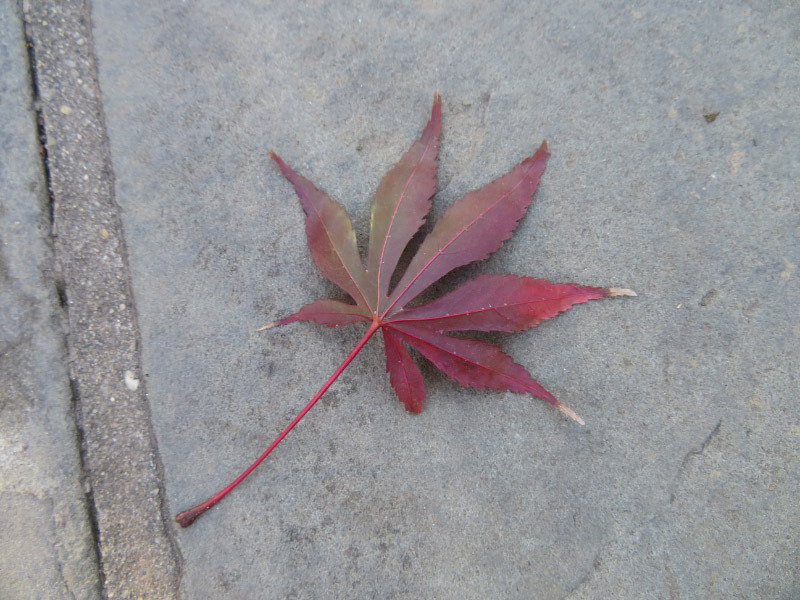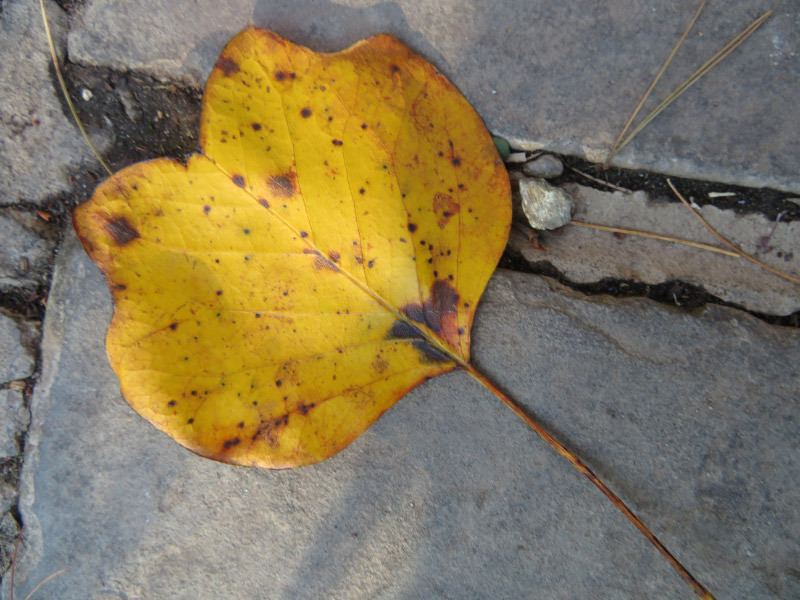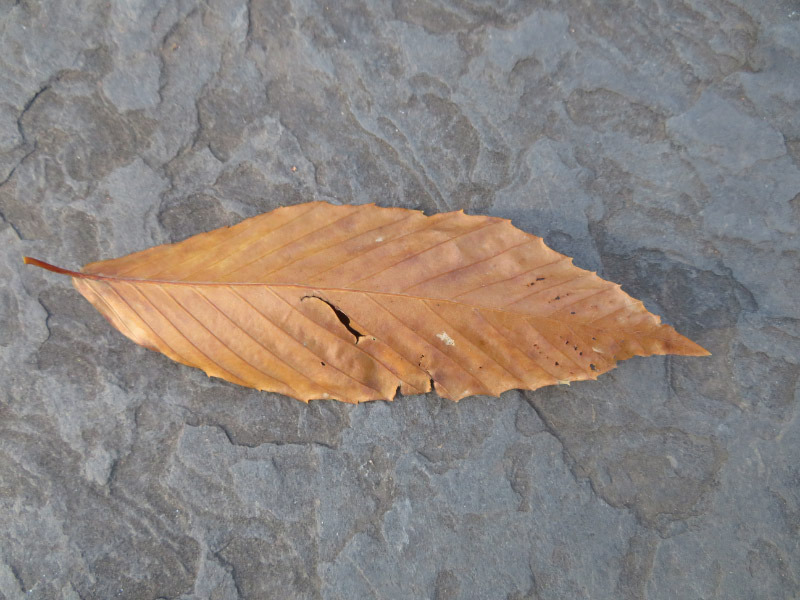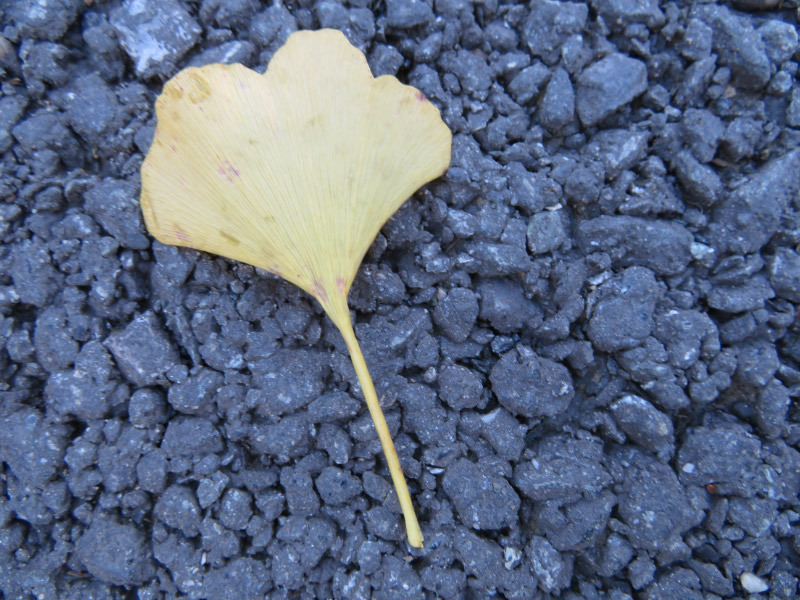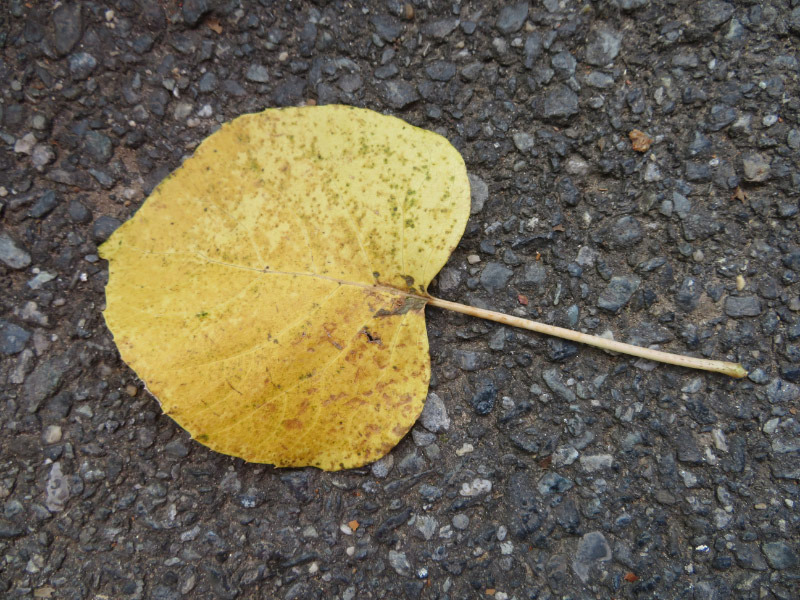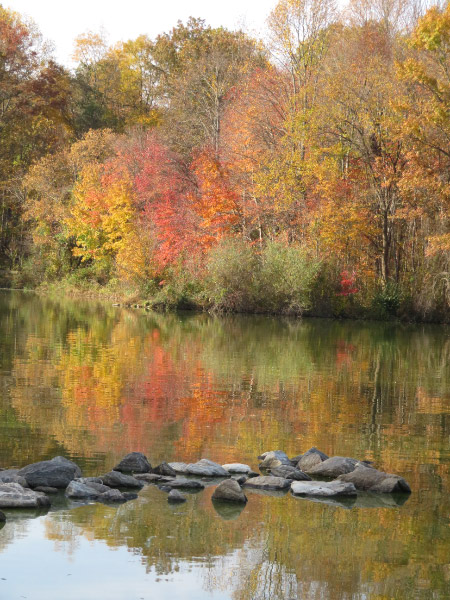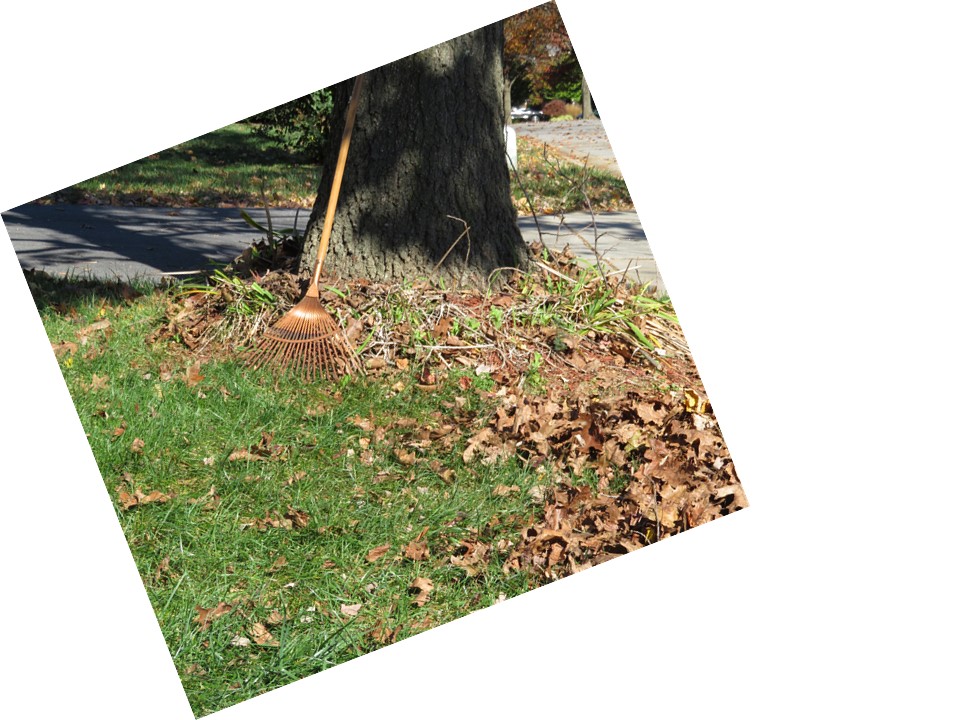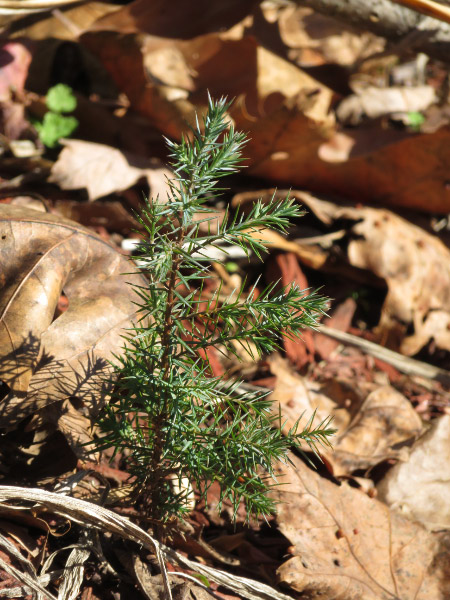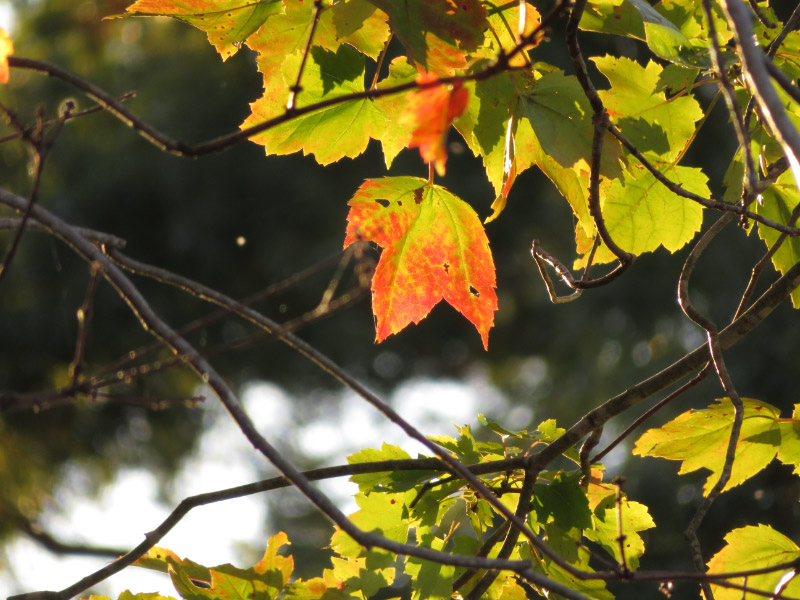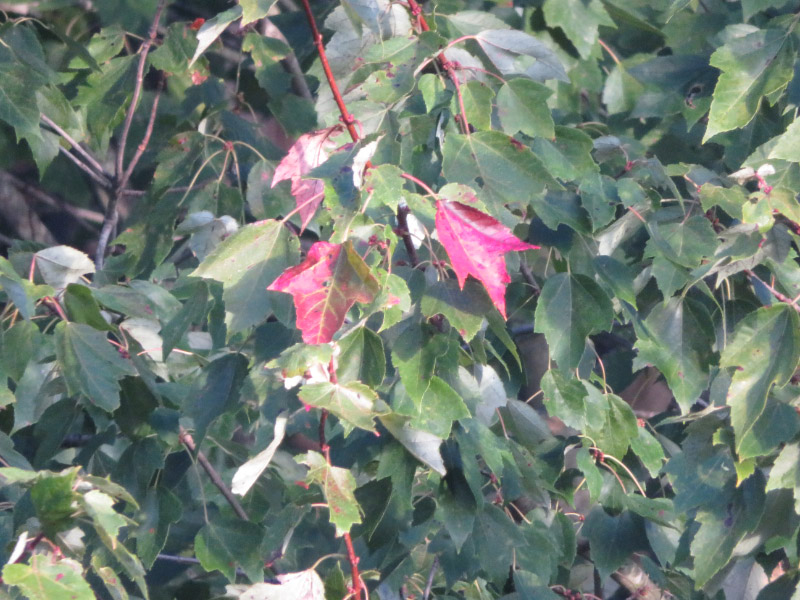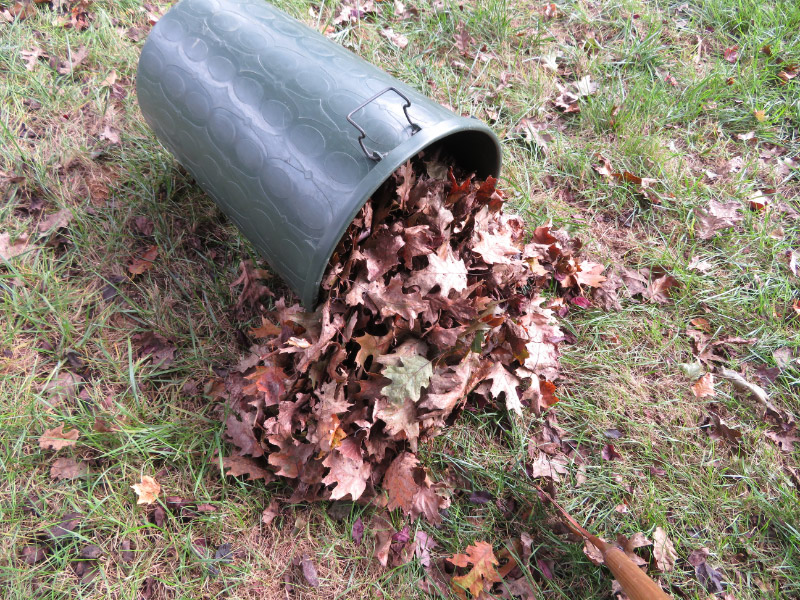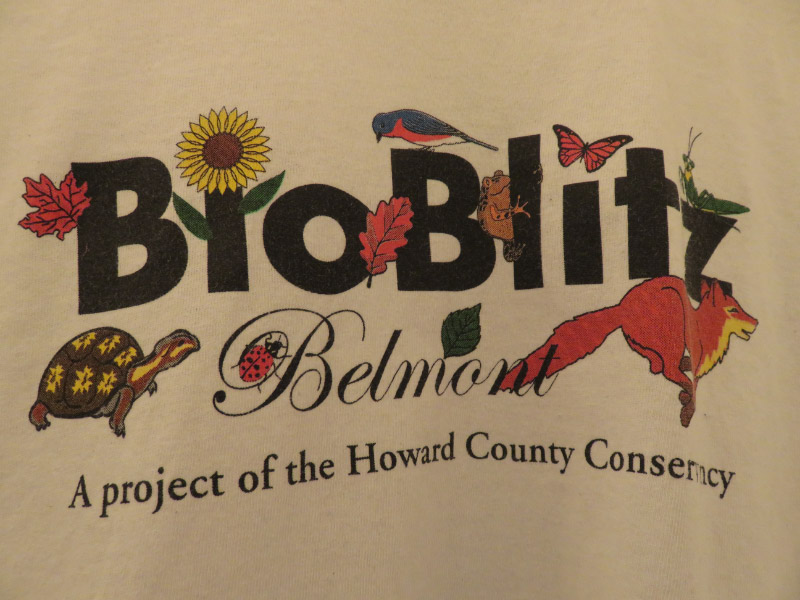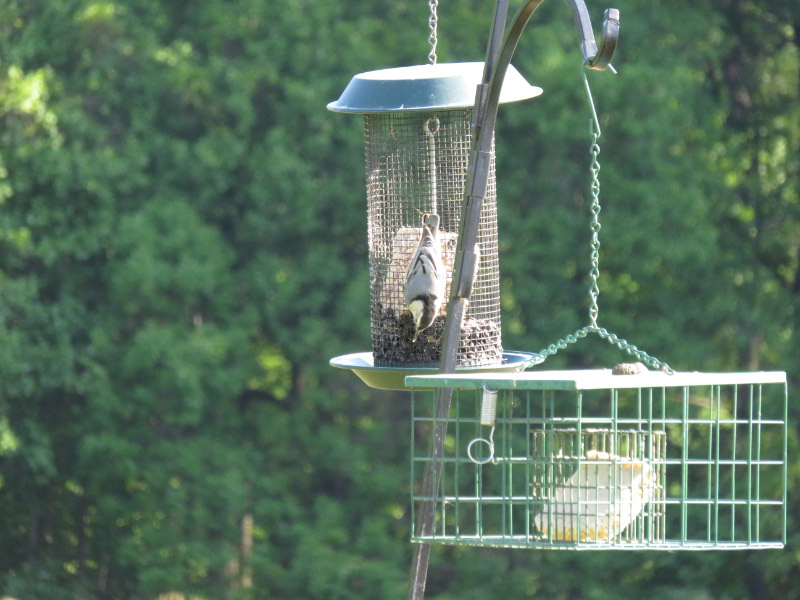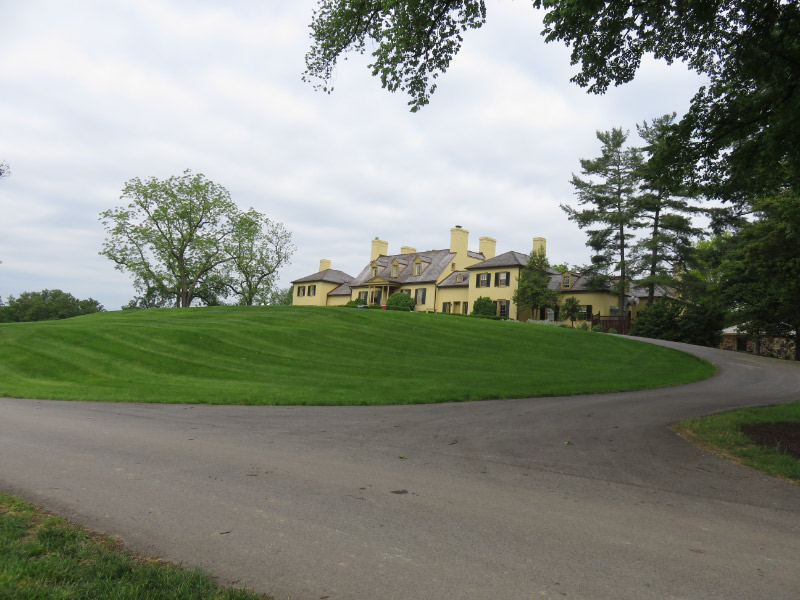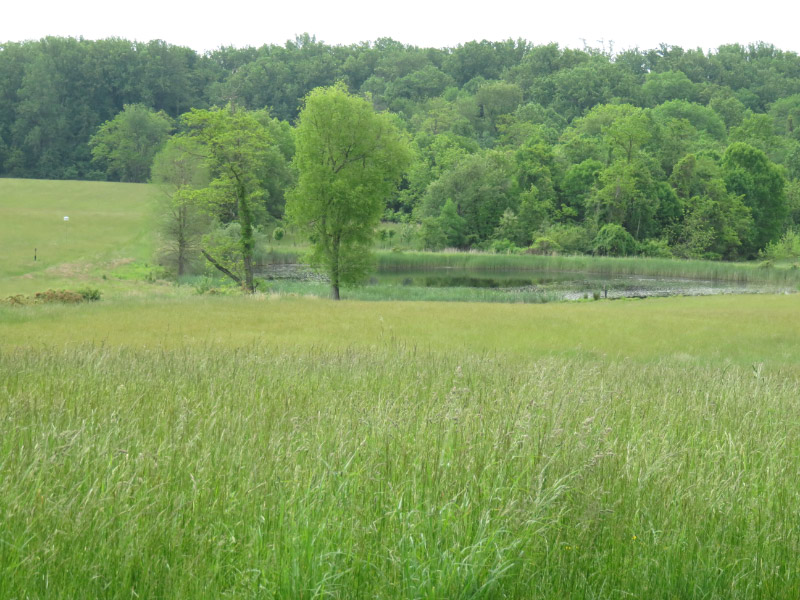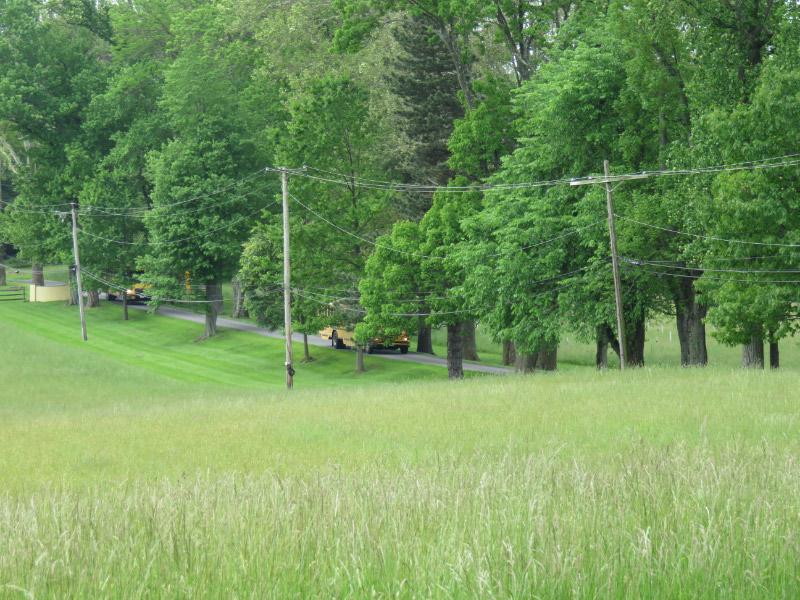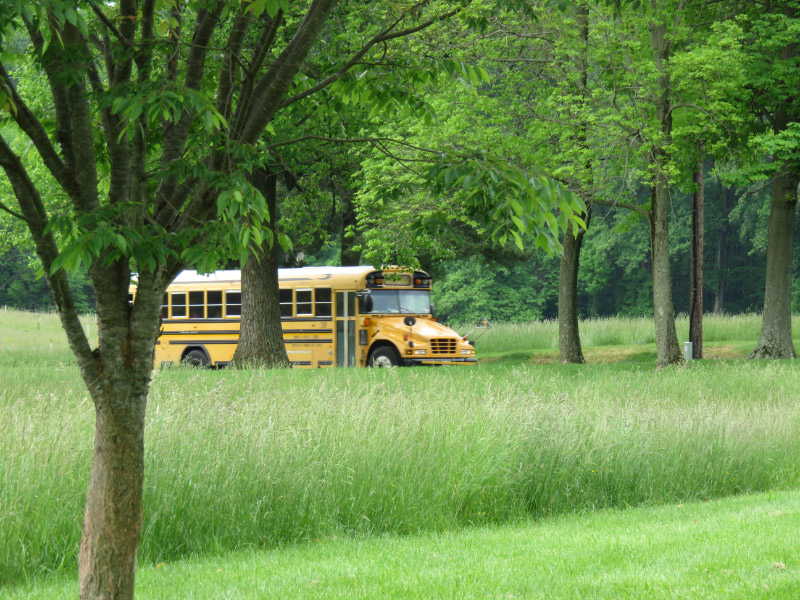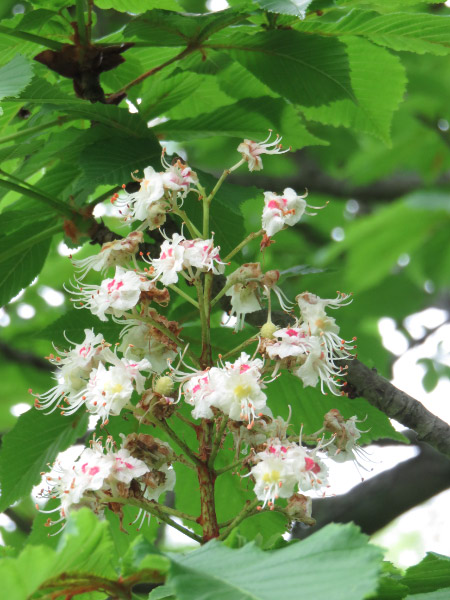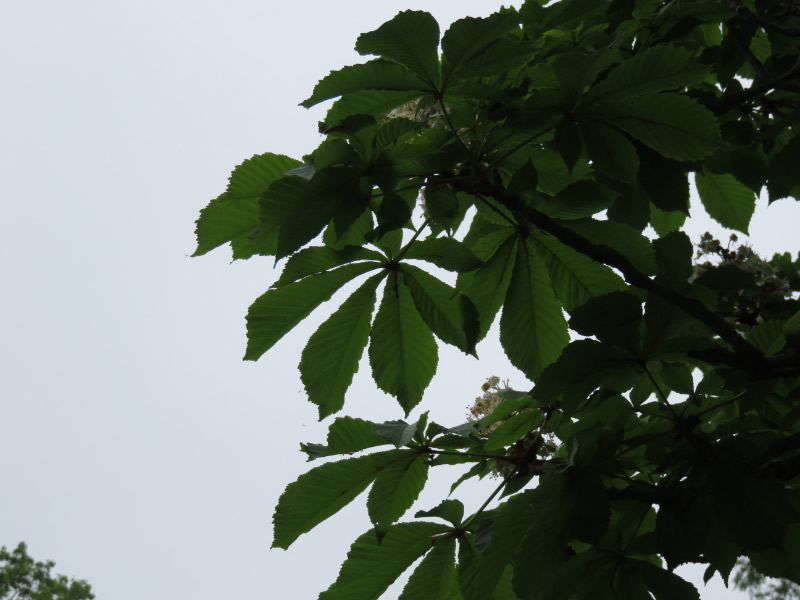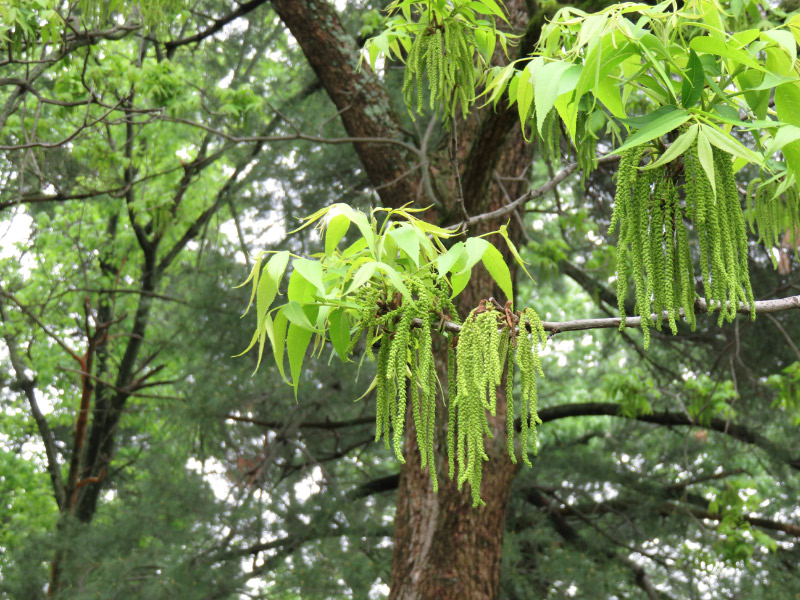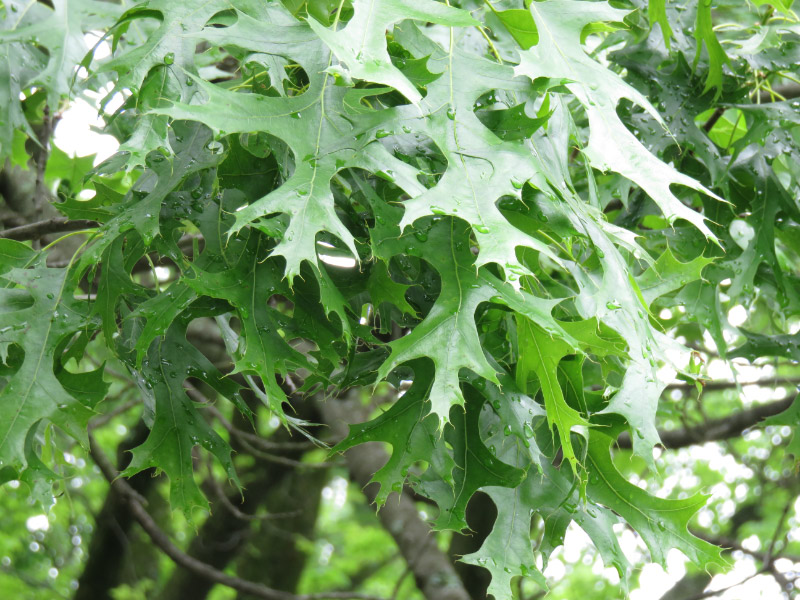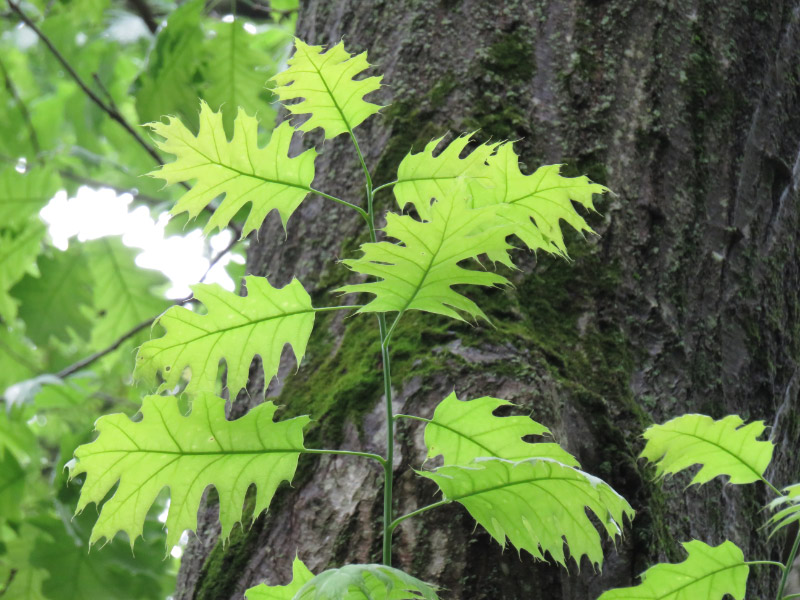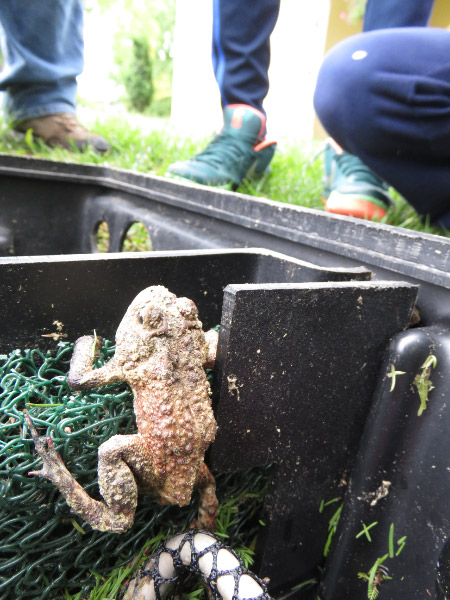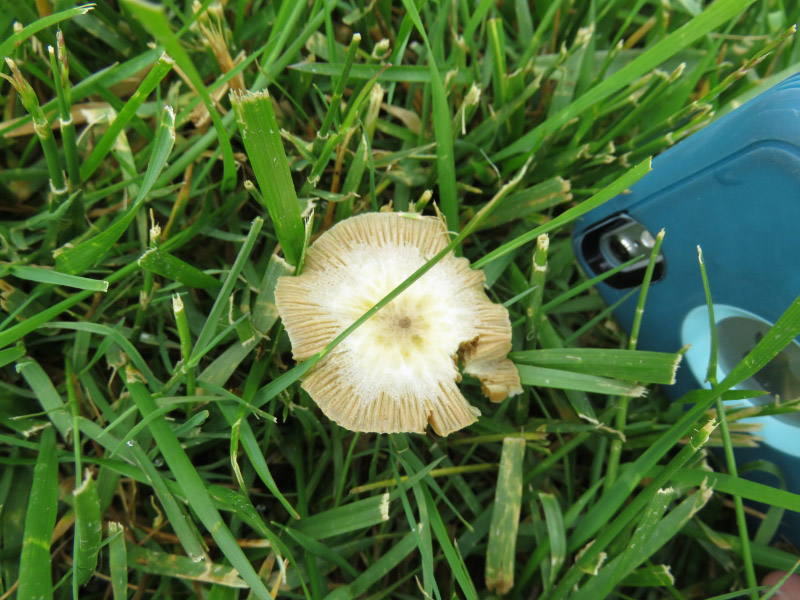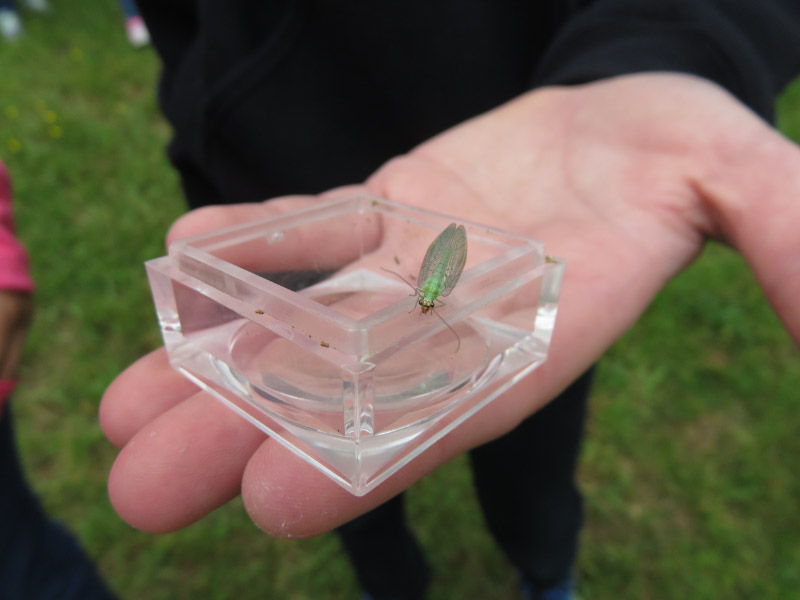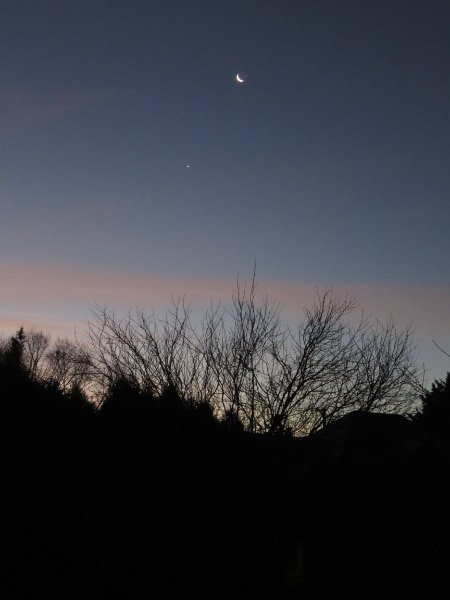Outside at Brookside – November 2016
/On the day I went to photograph mums at Brookside Gardens, I also made my normal loop walk around the gardens. The first segment is the boardwalk between the conservatory parking lot and the Nature Center. The boardwalk was dusted with leaves. The ferns were still green but the thick undergrowth that blocked the view of the Cyprus knees further along had died and they were visible again as they will be until next spring when the skunk cabbage grows again.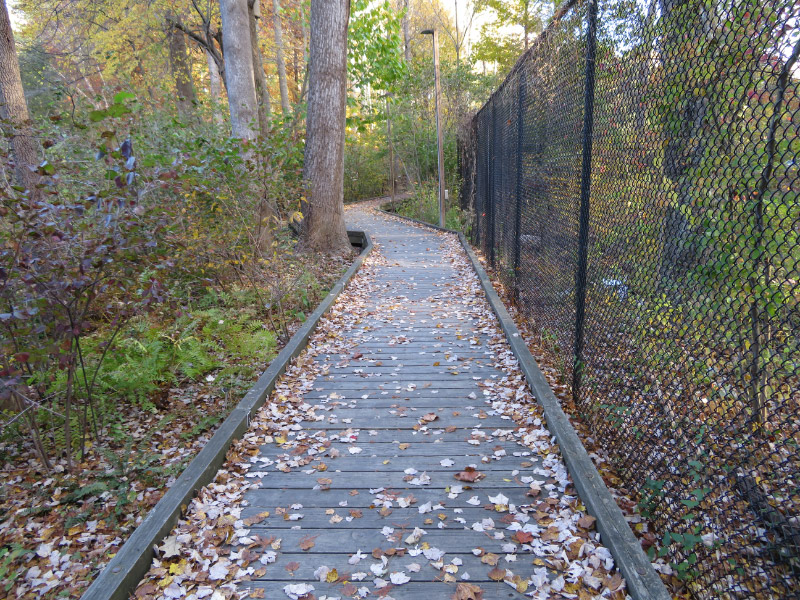
I was there early enough that the sunlight cast a warm glow on the stones of the scent garden.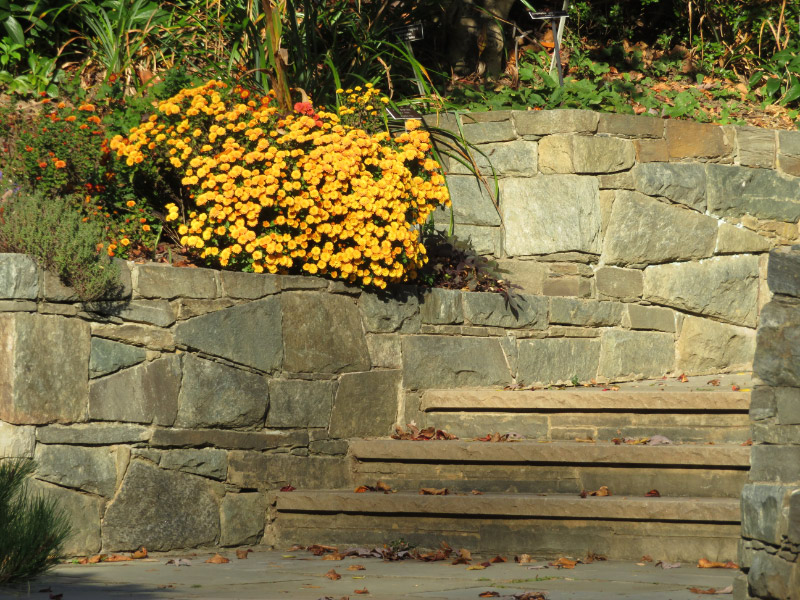
There were robins – looking a little scruffy – looking for food in the leaves.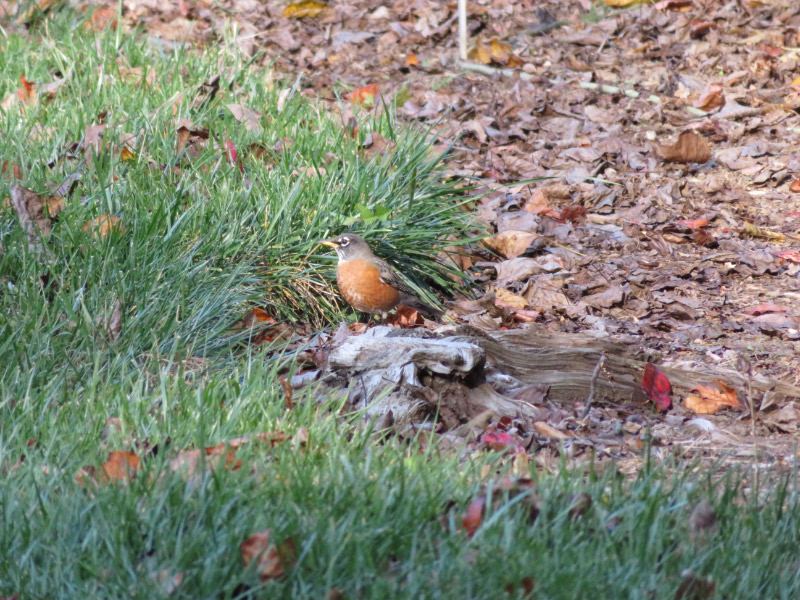
I took pictures of single leaves on the ground all along the way and they are included in the slide show below. Can you identify the maple, several oaks, tulip poplar, redbud and gingko?
A gingko was dropping its leaves quickly and there were drifts of them along the path.
The Japanese tea house overlooks the pond – this time without geese or turtles around.
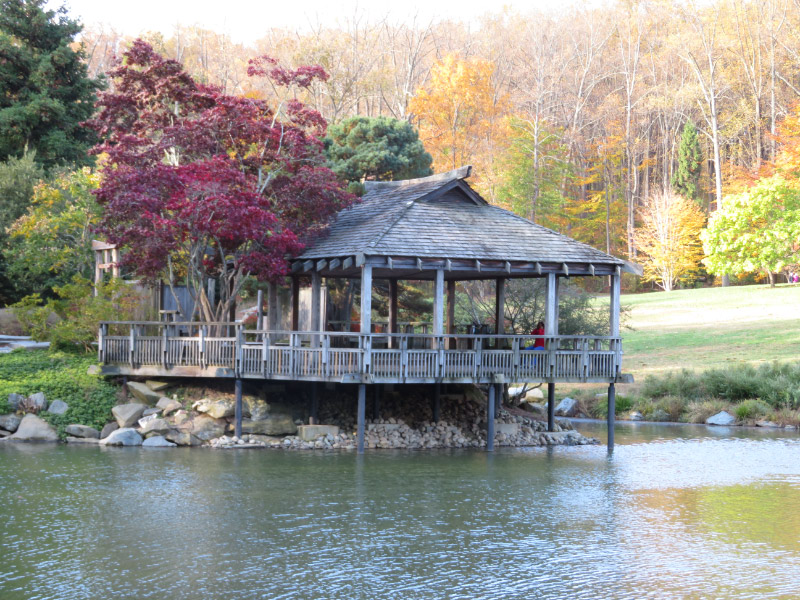
There were some surprise bulbs blooming - perhaps a fall crocus.
Many of the leaves had already fallen but there were some swaths of color.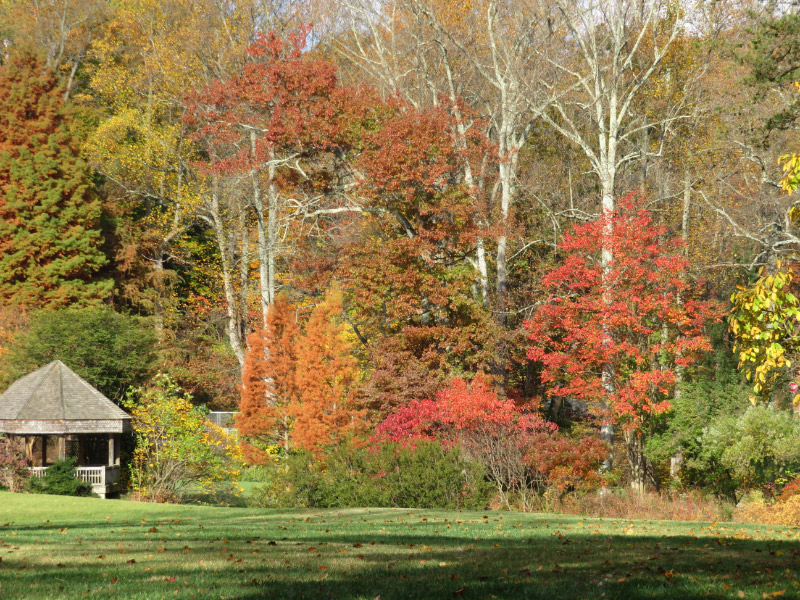
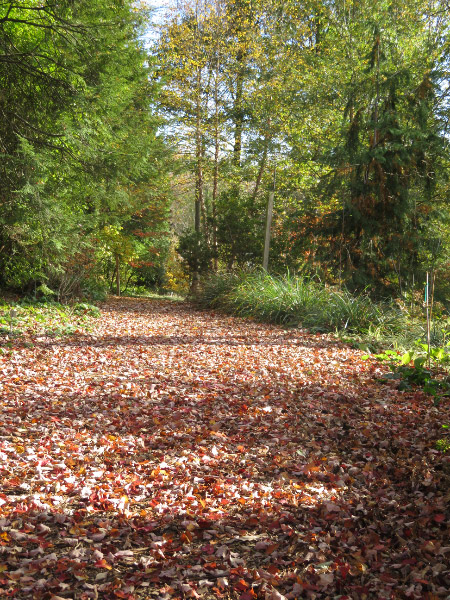 Here’s a path that has an ‘icing’ of leaves (mostly maple) to top of mulch.
Here’s a path that has an ‘icing’ of leaves (mostly maple) to top of mulch.
Some oaks have leaves that look very red in bright sunlight but brown on the ground. The light was bringing-out-the-red on this tree.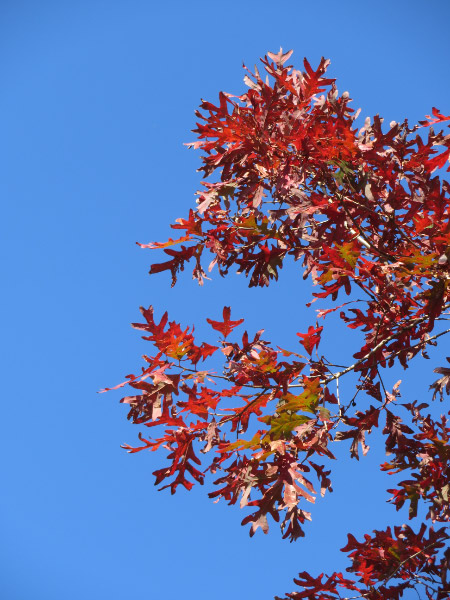
On the path – within sight of the conservatory again – a squirrel made enough noise in the leaves for me to notice and was still while eating an acorn….I took the picture.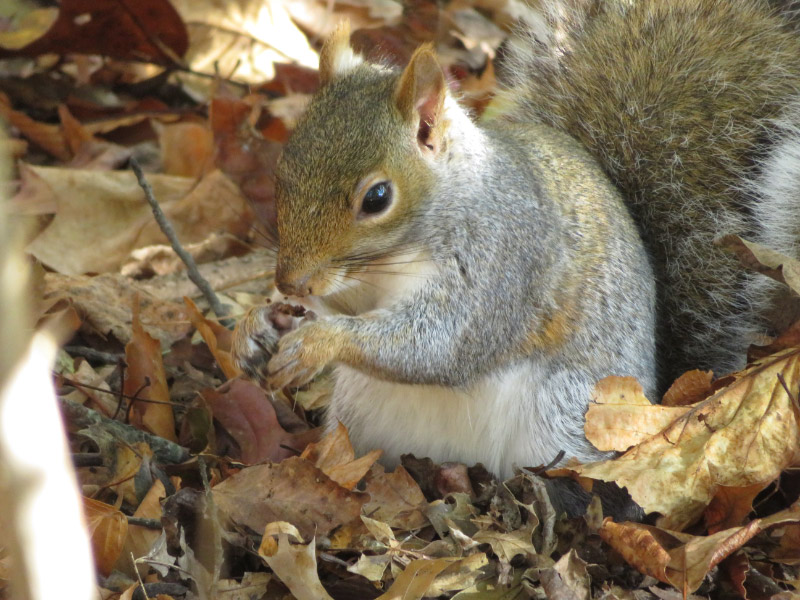
 The gingko near the conservatory seemed to have more leaves than the one I’d walk by earlier. Some were still tinged green.
The gingko near the conservatory seemed to have more leaves than the one I’d walk by earlier. Some were still tinged green.
In a pot – someone had stacked a small pumpkin on a larger white one…a little cairn like we saw a few weeks ago in State College.
There was some lantana blooming nearby and a skipper was enjoying a meal.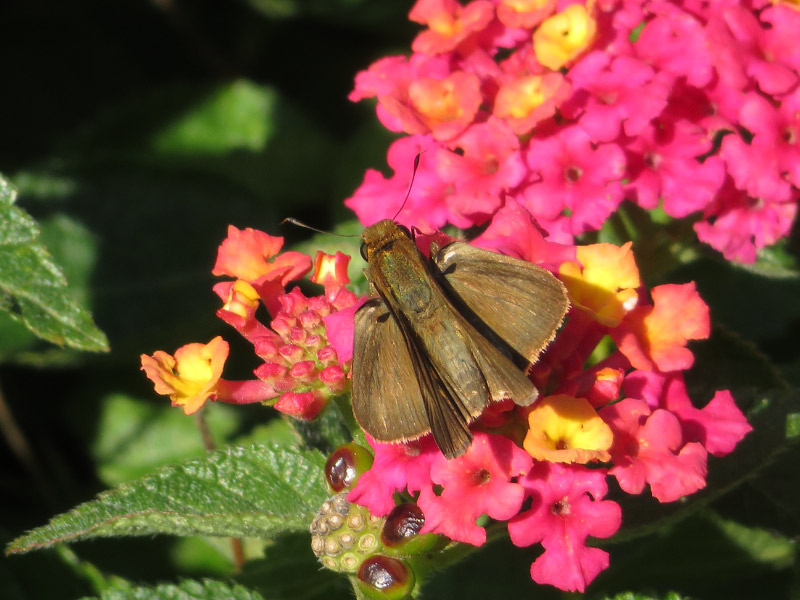
There is always something new to see at Brookside.

